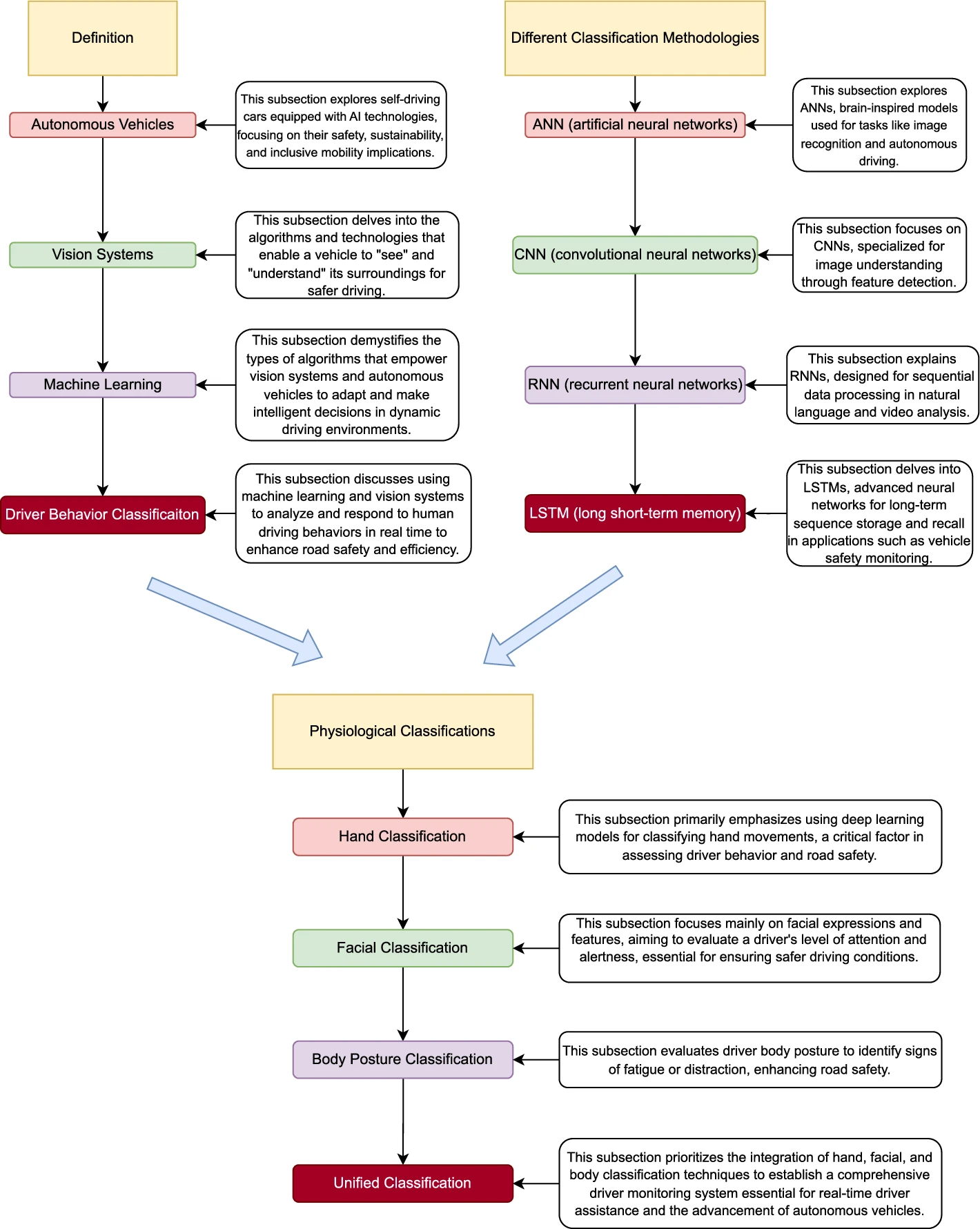
Ming Chu
Professional blending frontline support with data-driven innovation to improve patient care.
Bozeman, Montana
by Ming Chu

Driver distraction is one of the leading causes of accidents.
In those moments, seconds decide lives.
Our goal was simple: build an AI system that spots distraction or fatigue in real time so drivers can be alerted before it’s too late.
This work began as my graduate research and became the focus of my 3-Minute Thesis presentation.
In three minutes, I shared how computer vision and deep learning can detect driver distraction and drowsiness.
The research was later published in the Journal of Big Data (Springer Open):
“Comprehensive Study of Driver Behavior Monitoring Systems Using Computer Vision and Machine Learning Techniques”
The system reached 99.1% accuracy in detecting distraction and fatigue — a strong step toward safer roads.
We combined three AI models:
This detects subtle signs like a quick gaze shift, drooping eyelids, or hands leaving the wheel.
If built into vehicles, this system could:
The next step is using Vision Transformers (ViT) trained on large, real-world driving datasets.
This will mean:
This project strengthened my skills in:
It confirmed one truth for me: technology is worth building only if it protects and serves people.